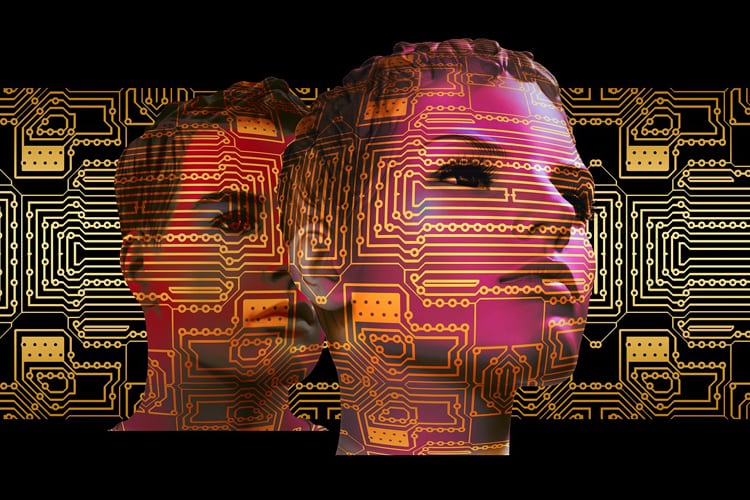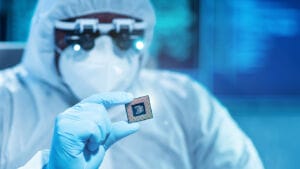Hiring the right people is one of the most important decisions a business can make. In an effort to make the most of available technology, many Fortune 500 companies are turning to artificial intelligence (AI) to help with their hiring decisions.
But, the research and the technology behind AI are not yet perfect.
Hiring is based on three things: hard skills, soft skills and experience. Hard skills and experience are, for the most part, quantifiable. Soft skills are more difficult to capture. Research suggests businesses historically hire based on knowledge and experience and then fire based on soft skills. As a result of this missing success indicator, businesses are turning to pre-hire assessments to weed out some of the candidates and create a better job fit, including neurological based-tools such as AI.
The use of pre-hire soft skill assessments is growing, as companies attempt to be more predictive in their hiring process. According to the Talent Board’s 2017 Candidate Experience Research report, 89 percent of companies are using some form of pre-employment assessment tool – up from 82 percent in 2016. Using pre-hire assessments is estimated to be an $800 million market.
Companies need to ask the following questions of their hiring assessments before basing an important decision on them:
Does the company show that the tool does not introduce adverse impact, such as discrimination, in some form?
Is there statistical documentation that the assessment measures job-related performance?
Amazon’s own trial-and-error with AI hiring was revealed in a Business Insider article about how it fed 10 years of good-hire resumes into a computer to create a “benchmark” for performance prediction. The problem is that gender hiring had changed significantly over that decade and the algorithm systematically rejected women.
This practice of finding “clones” of your best employees means you’re hiring for the past. The only way for companies to grow is by hiring for the future.
In September, an article in the Wall Street Journal explored two companies using data-science or artificial intelligence to determine who gets hired. While the process may in time prove to be both reliable and predictive, at present there is very little data to support that micro-facial expressions, voice inflection and positive word choices reveal job-related soft skills. The key in this concern is on job-related skills. Human resources are aware of the need to only collect interviews and application material that are specifically job-related.
No matter what selection criteria are selected, no tool should be solely used for the decision-making process. Most researchers agree that best practice hiring requires a combination of several data-gathering approaches to capture the value of a potential employee. Such approaches may include a resume review, face-to-face structured interviews, and pre-hire assessments that help articulate specific job-related soft skills.
Technological advancements are occurring at an ever-increasing rate. Neurological discoveries and associated investigative tools are leading to new understandings of human behavior never before explored. While the future is bright, science requires time for peer review and refinement of new technologies.
Dr. Ron Bonnstetter is the senior vice president of research and development and director of the TTI SI Center for Applied Cognitive Research at Scottsdale-based TTI Success Insights. If you’d like to know more, he and his colleagues will discuss how using applied social and brain science can reveal human potential at the annual TTISICON: Evolution of Excellence conference on January 11 at the JW Marriott Desert Ridge. This conference is open to the public.




